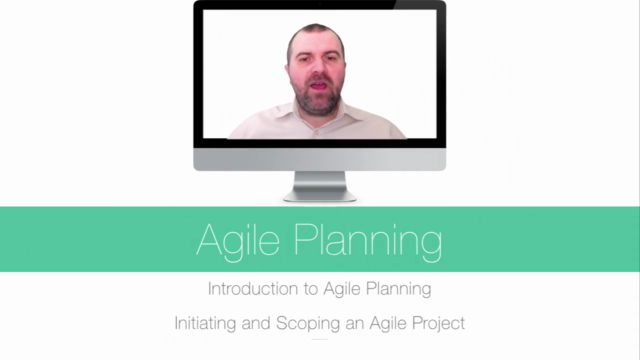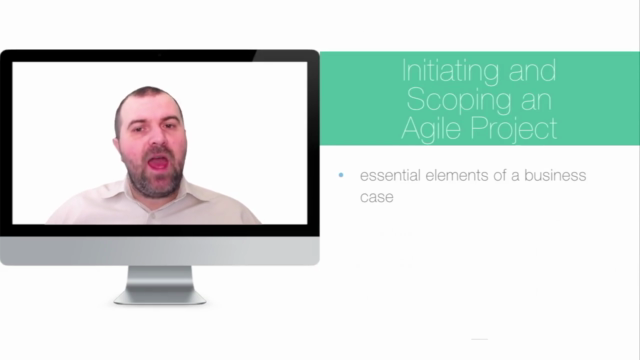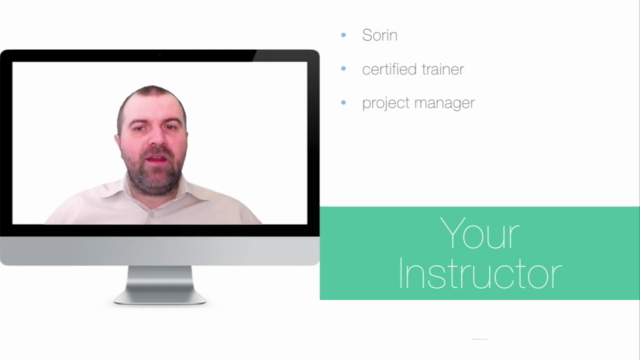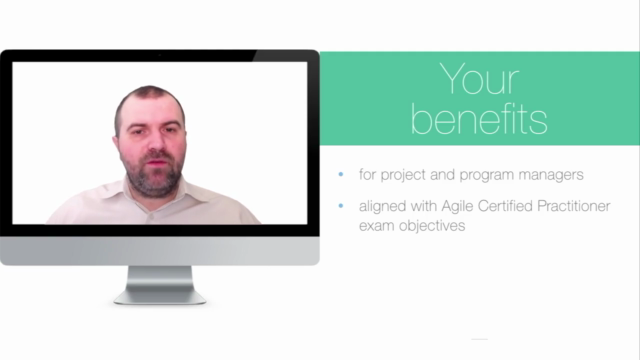PMI-ACP Certification: Initiation and Requirements Gathering

Why take this course?
🌟 Agile Certified Practitioner Certification Program - Course 4 of 8 - Initiation and Requirements Gathering 🌟
Welcome to Your Agile Journey!
Overview
Welcome to the 4th course of the Agile Project Management - The PMI-ACP (Agile Certified Practitioner) Certification Program. This course is focused on Agile Planning and more precisely on Project Initiating and Requirements Gathering. If you're a project manager, program manager, or anyone aspiring to efficiently participate in agile projects, this course is tailor-made for you. It aligns with the Agile Certified Practitioner exam objectives developed by the Project Management Institute® and Certified ScrumMaster learning objectives.
Course Benefits and Structure
This course is designed to provide you with a comprehensive understanding of agile development, its principles, and practices. You will engage with training videos, examples, exercises, and quizzes that not only enhance your learning experience but also entitle you to claim 5 PDU’s for the PMI certification exams and to maintain your PMI certification.
Agile Planning Levels
Agile teams excel through three levels of planning:
- Release Planning involves collaborating with customers and developers to outline user stories and features, along with their estimated iterations for a product release.
- Iteration Planning is where the team gets into the details of what tasks need to be completed in an upcoming iteration, informed by past performance and results.
- Daily Planning occurs during brief stand-up meetings, where developers discuss progress, immediate plans, and any obstacles encountered.
Crafting a Business Case and Product Vision
Before diving into the details of requirements gathering, it's crucial to establish a business case and product vision. These documents lay out the project's goals, strategy, milestones, investment required, and expected payback, as well as a vision for what the end product should be. This provides a clear direction for the entire agile team.
Mastering Project Scope and Use Cases
A project's scope is determined by focusing on direct value to the customer. A user story breaks down the high-level requirements into specific, actionable product functions. Each user story typically follows a template: "As a [role], I want to [do something] so that I can [achieve a result]." Epics may be broken down into smaller stories as needed, and related stories can be grouped into themes for better management.
Section Breakdown
This course is divided into two main sections:
- Introduction to Agile Planning will equip you with the knowledge of agile planning levels and their benefits, as well as the activities involved in each phase.
- Initiating and Scoping an Agile Project will guide you through understanding the essential elements of a business case, grasping the components of a product vision, analyzing use cases, and developing user stories effectively.
Learning Outcomes
Upon completing the course, you will be able to:
- Recognize and understand the different levels of agile planning and their benefits.
- Identify the activities associated with each phase of agile planning.
- Understand the essential elements of a business case for agile projects.
- Analyze and work with use cases as part of an agile project's scope.
- Develop well-crafted user stories to capture requirements effectively.
Ready to Begin?
We're excited to have you join this course and take a step closer to mastering Agile Project Management. Click on the "Take This Course" button, embark on your learning journey, and let's unlock the potential of agile together! 🚀
Remember, agile is not just about following processes; it's about adapting to change, delivering customer value, and working collaboratively. This course will set you on the right path to becoming an Agile Certified Practitioner. Let's get started! 🎓✨
Course Gallery




Loading charts...
Comidoc Review
Our Verdict
This PMI-ACP Certification: Initiation and Requirements Gathering course by Sorin Dumitrascu on Udemy offers a valuable learning experience for those interested in pursuing their PMI-ACP certification. With an experienced instructor, a well-organized structure, and thorough content coverage, the course stands out as a solid foundation for understanding the certification process and requirements gathering. However, to maximize its potential, the course might benefit from incorporating more hands-on exercises, deeper dives into specific topics, and staying current with any updates in the certification process.
What We Liked
- The course is highly comprehensive, providing in-depth coverage of all aspects of the PMI-ACP certification process and requirements gathering.
- Sorin Dumitrascu's expertise and experience are evident throughout the course, making it a valuable resource for learners.
- The course structure is well-organized and easy to follow, facilitating learning and comprehension.
- Real-world examples and personal experiences shared by the instructor make the content more relatable and engaging.
Potential Drawbacks
- Some learners might find the pace of the course relatively fast, which may necessitate rewatching certain sections for better understanding.
- While the course covers a wide range of topics, it might not delve into each area as deeply as some advanced learners would prefer.
- There is an apparent lack of hands-on exercises or practical projects to reinforce learning and application of concepts.
- Although updated recently (2025), there could be more frequent updates to ensure alignment with any changes in the certification process.